Instead I'm going to share some of my favorite rustic components and jewelry with you. This is such a vast and lively field of design that one could do many blog posts on the same topic. There's no way I'd be able to include all my favorite work in this category. But here's a start.
So just what is rustic style? I have a
feeling that everyone might define it differently. But here's what the
Encyclopedia Britannica has to say:
rustic style, in decorative arts, is any ruralizing influence; more precisely, a ... (style where) the main components of which are carved and fretted to resemble the branches of trees. Stemming from the idealization of nature and the “simple life” that occurred in the mid-18th century, the vogue for this kind of product persisted well into the 20th century. It was especially popular in Switzerland, Germany, and Austria. It naturally endeared itself to the British Victorians, with their passion for the picturesque, and was also generally admired in the United States...
Some sources that I looked at called it modern-rustic style and tied it in with organic and renewable materials, highlighting an appreciation of nature. This would include woodland themes, the use of natural materials such a wood, hemp cording and leather. It is a style that is inherently casual and unfussy.
Colors tend to be a soothing combination of warm mid-toned wood,
with shades
of soft gray, cool clay and greens. Other colors may serve as subtle accents, but don't expect any garish brights in this style. That seems to hold true for all the items I
have collected for this post. Would you add any other colors to the list?
Sometimes rustic gets lumped
together with its girlier cousins: "shabby chic" and "country charm". I've been very conscious of this distinction over the past few years as I've been updating the look of my show booth and my shop. A paint peeling bird cage or tea stained doilies have a somewhat rustic look, but they speak more toward "country charm" than rustic. Instead I've used grayed woods with earth-toned and clay colored table coverings. Next on my wish list is linen or burlap covered jewelry displays.
I make sure that my photography consistently expresses "rustic" as well. My jewelry is photographed on a rustic slate tile. Props consist of a piece of wood with rustic bark and lichen. The woodland theme is emphasized further with the ferns and flowers that I include in nearly all my pictures.
-Linda

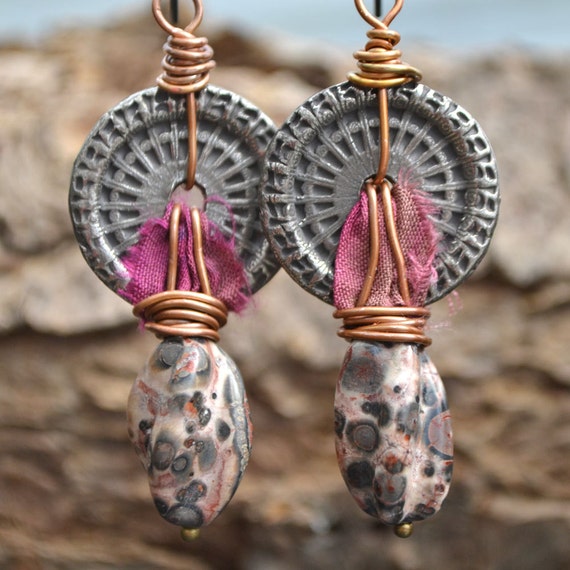
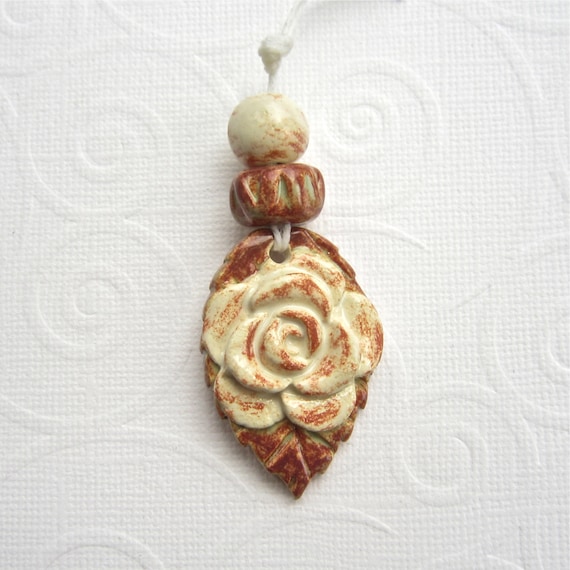

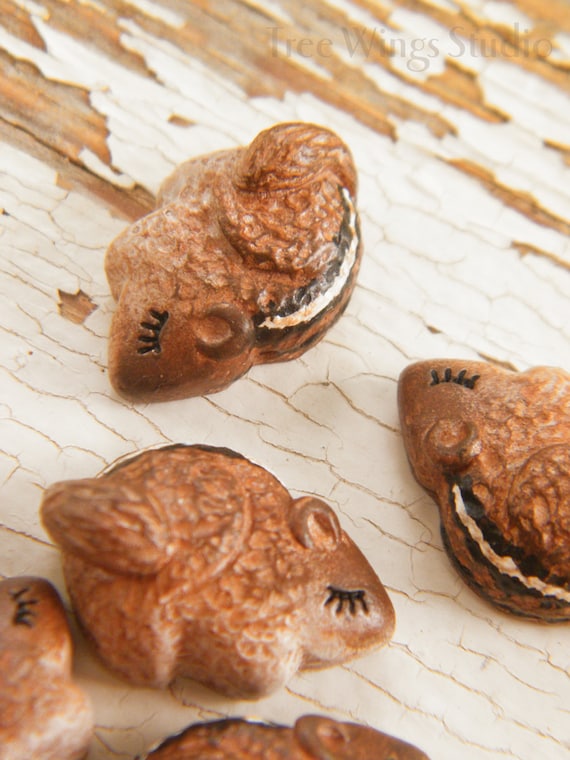

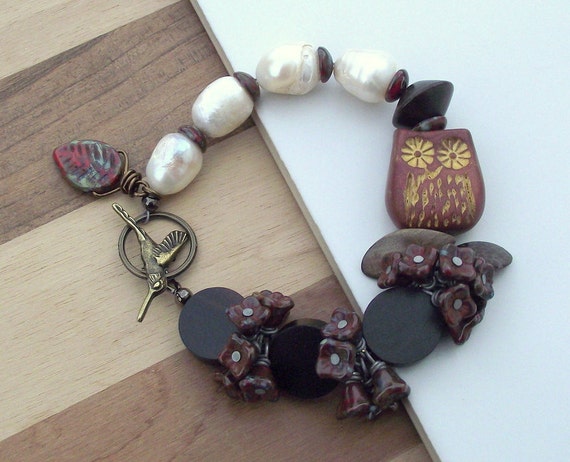

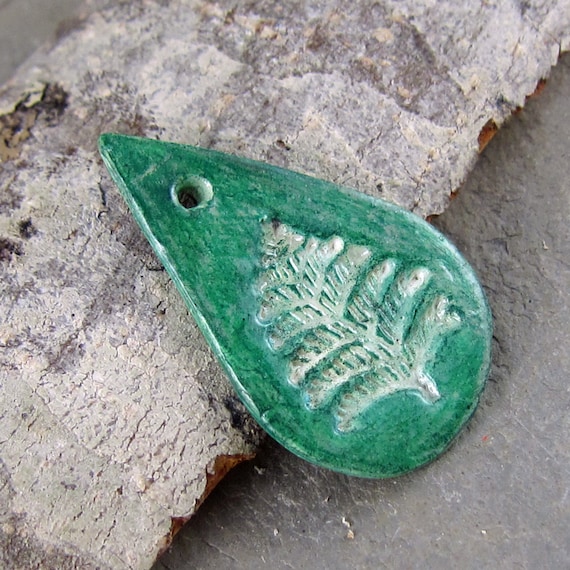
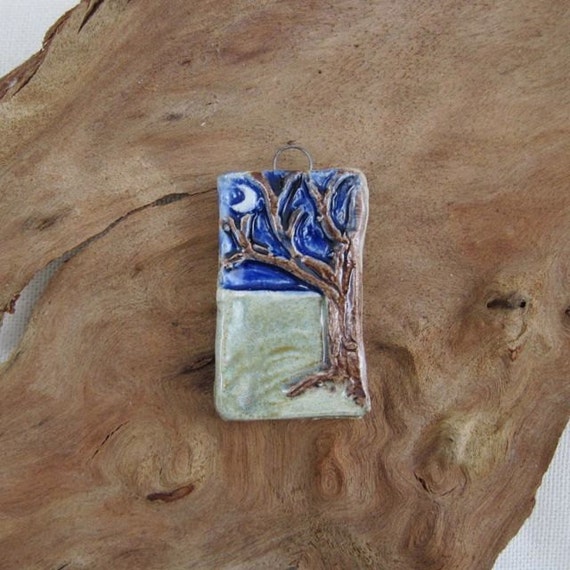
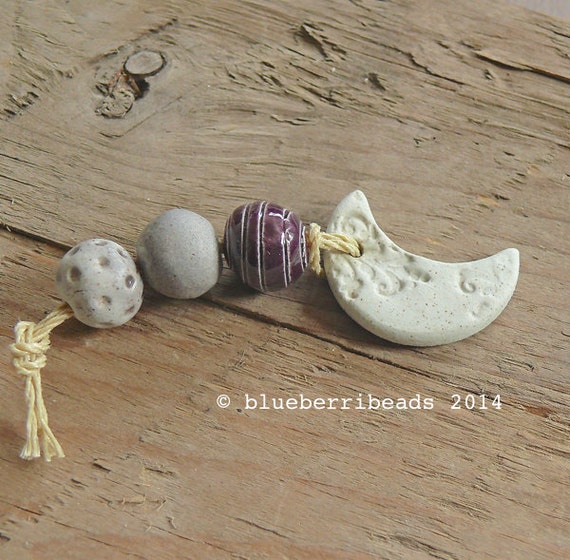
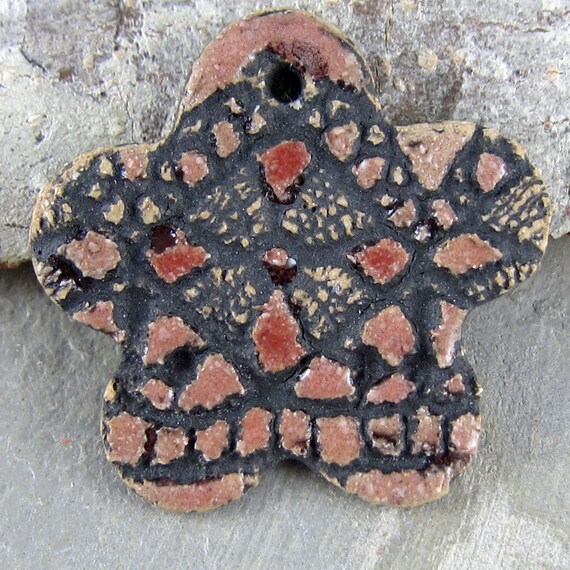
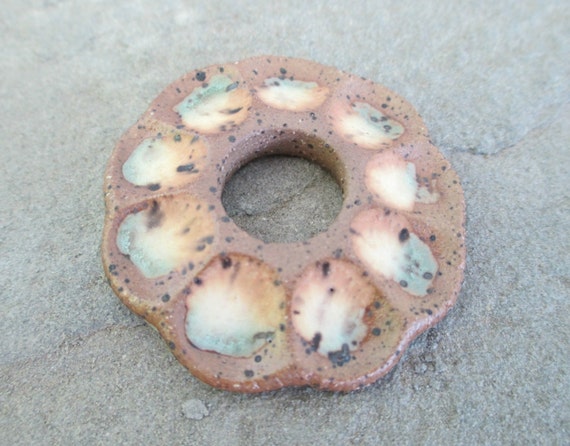
I enjoyed reading your informative blog. It gave me a new understanding of how rustic jewelry is defined.
ReplyDeleteI'm so glad it was a good read for you.
ReplyDeleteLove learning more about style thank you
ReplyDeleteGreat post, Linda! Since this seems to be a popular theme these days it's nice to read the valid description. Also - great finds for the picks!
ReplyDeleteThat is really great information, Linda. . . . I have to now ponder how I refer to my work. There is a component to its description that I wasn't aware of. I appreciate you taking the time to put this together.
ReplyDeleteMy favorite style for sure. I love all the wonderful pieces you chose! Thanks Linda!
ReplyDeleteLinda - great post and beautiful examples!!
ReplyDelete"Rustic" is my passion and I could go on for pages on this topic, but I'll calm down… Ha!
For me, "rustic" includes just about anything (including the colors) that Mother Nature produces - and she produces EVERY color!
Even the name (RUST-ic) invokes a vision of RUST on metals (reds, oranges, "bright" browns, yellows. And nothing, to me, is more rustic than rusted barbed wire fastened to aged wood with rusty horseshoe nails!
From the ocean, metals can emerge as BRIGHT greens and blues and purples, as wells as those beautiful reds/oranges/yellows. At the beach a few weeks ago, my husband helped me dig out a gorgeous chunk of rust wedged in the rocks. We kept digging and digging and finally got it! It turned out to be (we're pretty sure) a lawn mower blade that had obviously lived in the ocean for many, many years. I am still stunned by the beauty of the "natural" patina on this piece. It is so deep, rich, and colorful - layers and layers of every color imaginable. It contains so much sparkle and "crystallization" - I literally gaze into it for minutes at a time: red/orange/yellow/green/purple/blue/brown/black - I'm prob'ly not even remembering them all right now.
I came home and immediately propped up this prize (about 18-20 inches long by 3-4 inches wide - beautifully IRREGULAR, thanks to Mother Nature) in the central place of honor on my outdoor worktable. I'm deciding whether or not to ClearGuard-coat the whole piece to preserve it or just "let it go" (after all, it's been outdoors all this time, anyway - what can a few decades more hurt, right? Ha!).
Natural dirt and clays are found in a wide array of colors!
Rocks, including natural (untreated) gemstones are found in every color and shade imaginable. Plain old jasper and serpentine, as well as amethyst, turquoise, lapis lazuli, topaz - you know, we could list them interminably...
I guess I think of "rustic" more as anything Mother Nature produces (including her alteration of manmade materials) combined with human interaction, ESPECIALLY handmade craftsmanship. Whether it's wood and metal that has aged and rusted (as in an old barn or fence) or rocks/gemstones that I combine with those aged and patinated elements (as in a pair of earrings composed of those metals/woods, rocks/gemstones, shells, leather, silks, etc.), it's the fusion of Mother Nature and humans that can make something "rustic."
I wouldn't call a hundred-year-old log "rustic," but a cabin composed of those same logs (human interaction, again) or a hundred-year-old board milled from the same log (human interaction, again), I would call "rustic." Interesting, eh?
I'll stop - others will expand on this, I'm quite sure! This is a HUGE topic and we could "talk" for hours!
In a nutshell, I call myself a(n?) rustic artisan when my pieces combine those natural and/or aged/patinated materials with my handmade components - and I am NEVER limited by color.
Sorry to wax on - passionate, obviously - looking forward to hearing from everybody on this one!
Thanks, Linda, for opening this beautiful can of worms!
That's exactly the point I was going to make, too! Mother nature is big, bold and beautiful! Check out some of the natural formations of different gemstones. Some of them "grow" in such lacy and fanciful patterns. So beautiful and breathtakingly inspiring. ~Cin
DeleteInteresting post - I was not familiar with that description of "rustic". Learned something new! Love your examples here.
ReplyDeleteThank you for this informative post. The examples you shared are lovely, too!
ReplyDeleteGreat post! I love the fact that I almost always learn something new from this blog.
ReplyDeleteI think everyone has their own definition of "rustic". For my personal definition I drew on writings about design style, including rustic architectural style, interior design & fashion design. To a large extent "rustic" is undoubtedly in the eye of the beholder. Mother Nature has splashed color and texture all over our beautiful world and her arms are broad enough to encompass us all.
ReplyDeleteThank you again for the research and discussion of this topic - it was enlightening and thought-provoking to learn of the definitions and examples you brought us. It caused me to probe "inside" and organize my own mind, then try to express the result in cohesive words - not an easy feat, so thank you very much indeed, Linda!
DeleteAlso, my "Something To Look Forward To" file holds not only the two tutorials you mentioned, but your future postings, as well - on any topic.